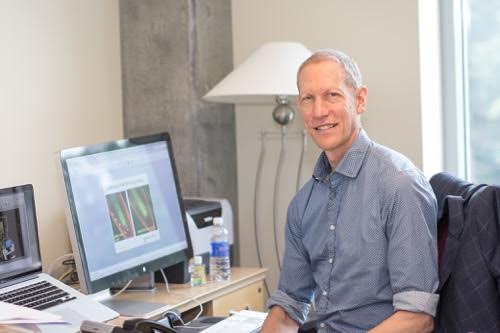Why Arabidopsis Why: High Yielding Maize Variety

This post is written by me as part of Why Arabidopsis Why and edited by Dr. Ian H. Street. First published in The Quiet Branches. Please follow the link below or read here. Shoot Apical Meristem Development: Model Plant for High Yielding Crops Like us, plants have stem cells too. These are innate, undifferentiated cells localized in both root and shoot meristems. They house precursor cells that divide, elongate/expand, and finally form differentiated tissues and organs of plants. It’s how plants generate the roots, trunks, branches, leaves, flowers, and all the other structures we witness as the green world. The shoot apical meristem (SAM) is a complex structure consisting of three distinct layers (denoted L1, L2 and L3) in the dicot (one of the two major groups of flowering plants) Arabidopsis thaliana . L1, L2 and L3 form the epidermis, sub-epidermal tissues, and inner tissues of the shoot, respectively [1] . Cells in the L1 and L2 layer divide in a sideways fashion,





